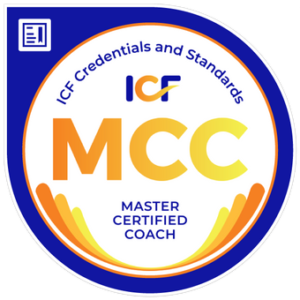
Nearly a decade after the Strengths Finder assessment took the management world by storm in the Gallup hit, Now, Discover Your Strengths, strengths based development is no longer confined to the business world. YES, the youth sports education provider most famously linked to the Major League Soccer Clinic Program, swears by its strengths based coaching program; Ohio State University’s Center for Student Leadership offers student leaders a free 10-week course on strengths based coaching; strengths based practices are a staple in the social work community; and even activists and organizers employ strengths based models to improve political participation.
All over the world, teams of every shape and size are adopting strengths based coaching strategies to train their leaders and achieve their goals.
Strengths based coaching takes its cues from positive psychology, often referred to as “the science of happiness.” At its most basic, positive psychology is predicated on the theory that the happier a person is, the more able, energized, and engaged he or she is, too. Martin E.P. Seligman began carving out what would become positive psychology in 1998 when he made the topic the object of his tenure study at the University of Pennsylvania, though Dr. Donald E. Clifton had already been researching strengths based psychology—a parallel theme—for several decades.
The next year, Gallup released First, Break All the Rules by Marcus Buckingham, the preface to the smash strengths hit, Now, Discover Your Strengths, introducing the business world to the notion of a strengths based development. Soon thereafter, companies began to do away with the deficiency-based approach to recruitment, management, and performance review, replacing it with a model devoted to praise and engagement. Positive psychology and the strengths revolution reflect the idea of “appreciative inquiry,” which aims to find the best in people in order to maximize a system’s positive potential.
Today, strengths based coaching is becoming known as a surefire way to groom better leaders, fortify teams, and close the gap between high and low performing employees. And it all comes down to one main question, highlighted in First, Break All the Rules: “Do you have the opportunity to do what you do best every day?” According to five decades of Gallup research, employee engagement is the key to high productivity and low turnover. But, when an organization is deficiency based, or focused on improving weaknesses, instead of strengths based, employee engagement hovers dismally around 10%. Turn the focus onto employee strengths and that number jumps to nearly 75%.
So, how can a company utilize strengths based coaching to improve leadership and boost team performance? It all starts with individual strengths assessments. Have your organization’s leaders take the Strengths Finder assessment or the VIA Survey to identify their top talents–the Gallup book Strengths Based Leadership by Tom Rath and Barry Conchie is the perfect companion to this assessment, as it outlines how a leader should invest in his or her strengths in order to be more effective and responsive with his or her followers. After a leader assesses his or her own strength, he or she should guide their team members through the same process.
Studies show that leaders and managers who balance their team’s talents, offsetting one person’s weakness with another’s strength, go eight times further than leaders and managers who focus on weaknesses alone.
Thus, the aim of strengths based coaching is not to turn a blind eye to one’s weaknesses, but to shine a light on one’s deficiencies in order to find someone else who can fill the gap. Look at this way—when your goal is to improve a weakness, you may enjoy nominal success but you can only ever expect to be average. On the other hand, if your goal is to build upon a strength, you have unlimited growth potential. Why, then, would you ever choose to focus on a weakness? A wise leader, therefore, will seek to assemble a colorful group of people capable of balancing each other’s talents so that each person can fully blossom and perform at his or her peak.
The strengths revolution should come as good news to leaders everywhere. Before First, Break All the Rules, leaders were expected to be and do it all. Now, thanks to visionaries like Marcus Buckingham and Donald E. Clifton, leaders are only expected to be themselves—and more of themselves–every day. The leader who knows their own strengths and recognizes the strengths of the individuals around them is someone people want to follow because they create an environment of clarity and value that is safe for taking risks.





